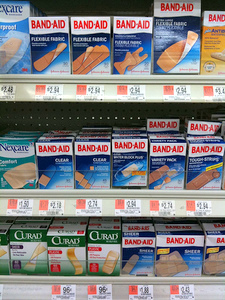
Image by macboyx
For a clear, concise perspective on which parts of HAMP are and aren’t working, and why, take a look at this interview in HousingWire with Gagan Sharma, president and CEO of BSI Financial, “an outsourcing provider specializing in mortgage subservicing, default management, loss mitigation, due diligence, REO and quality control services to over 240 lenders and investors.”
Among the insights:
- Loan modifications will only work for a subset of distressed borrowers, as the Treasury Department admits. Of the 7 million or so eligible, only 1.5 million are real candidates and with fewer than 800,000 trials in place, it’s doubtful that we will see 1.5 million permanent modifications.
- Even modified loans are in danger of re-default, for two main reasons: 1) many if not most HAMP borrowers are underwater and 2) unemployment will remain high for some time.
- The willingness to reduce principal may be the single biggest determinant of modification success. But owners of mortgages have different incentives in that regard. Banks must recognize the loss immediately, which is not appealing. Investors who bought loans at 40-to-50 cents on the dollar may be more willing.
- Short sales and deeds-in-lieu of foreclosure are good alternatives to HAMP (and non-HAMP) modifications. Generally faster to process, these alternatives give borrowers an incentive to maintain the property and leave mortgage owners with better collateral.
If we’re going to solve the problems that HAMP was designed to solve – stabilizing the housing market and keeping borrowers in their homes – we need to look at the incentives built into the program. The reality is that for most servicers, HAMP is not a money-making proposition. It costs them more to set up and maintain a HAMP infrastructure (people, systems, processes) than the payback they can expect from the program. There must be a better way.